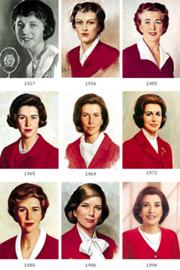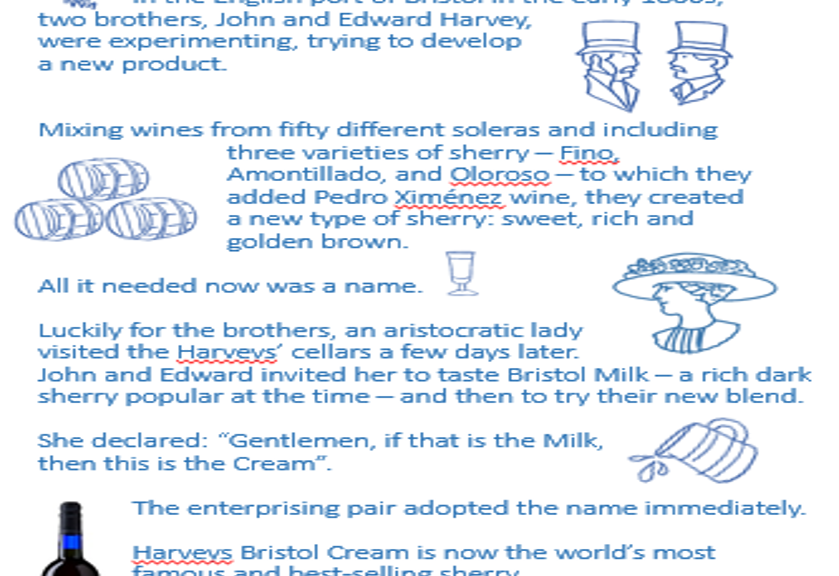Brave – the 1964 edition
It’s 1964 a time of social turmoil and racial tension in the USA.
It’s the year of the World Fair which will be held in New York.
It’s a key period in the history of SC Johnson which was at the time only a comparatively small Wisconsin-based cleaning products manufacturer.
Herbert Fisk Johnson, the third generation SC Johnson leader presents his idea to the board. He suggests they build a Johnson Wax pavilion at the Fair in which they will screen a specially made film. It will use the firm’s entire marketing budget on this prestigious but one-off event.
But that is not all, he doesn’t want the film to be about the company or any of its products, he wants it to be about the simple joy of being alive. His vision is a film designed to celebrate the common ground between different cultures by tracing how children in various parts of the world mature into adulthood. It was a message of “peace through understanding”. The film will be shot in various locations across the United States, Europe, Asia and Africa and feature a multi-racial cast.
Not surprisingly the other company executives weren’t immediately enamoured with the idea. They had numerous questions and challenges.
After politely listening to all their concerns, H.F. thought for a while and then simply said; “Some decisions are only for the brave.”
The final 20 minute film was co-directed by Francis Thompson and Alexander Hammid and used an experimental method consisting of three separate 18-foot screens. Unlike the Cinerama process that joined three screens into a single unbroken entity, the three screens were separated by one foot of space.
“To Be Alive!” quickly became one of the fair’s most popular exhibits. The public loved it. People lined up around the block to get a chance to see a screening.

Years later Fisk Johnson, H.F.’s grandson recalled “My grandfather, H.F. Johnson, Jr. wanted to counter the negativity that was so apparent during this period of American history. He succeeded, bringing a new generation a message of hope and optimism.”
“It really put SC Johnson on the map … even though we didn’t market our products at all” says Kelly Semrau, SC Johnson’s head of sustainability.



 A second complication now faced Dean. There was an upcoming scheduled maintenance of the mould-making machinery, so Dean needed to work at speed.
A second complication now faced Dean. There was an upcoming scheduled maintenance of the mould-making machinery, so Dean needed to work at speed.


